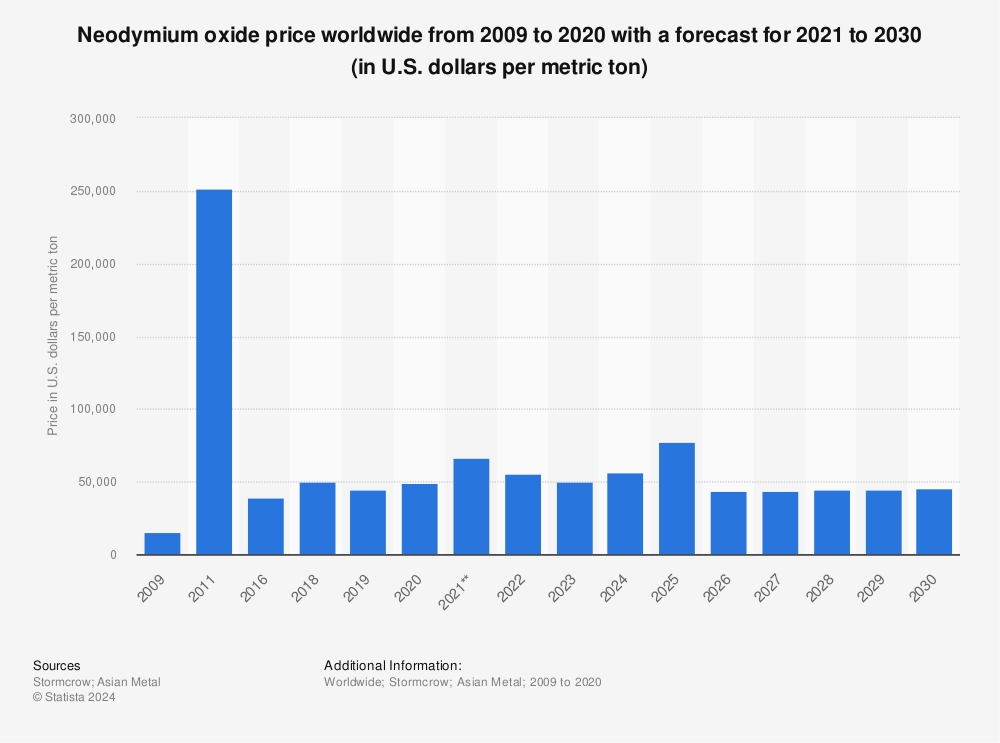The allocation is the situation when supply chain faces sudden disruption, which impacts supply at unprecedented scale. Suddenly many manufacturing companies are left without enough of material to keep production running. Buyers start to compete for scare materials, psychology comes to play, all start playing prisoner dilemma game!
Examples of such situations from the past:
2008-2009. Economic crisis. Allocation in electronic components market.
The governments around the globe start subsidies program to revive automotive sector. The idea was to increase demand for small cars through financial incentives for end customers. The result was that suddenly small cars demand increased dramatically, forcing entire supply chains to deliver and manufacture per technical design of such cars. Electronics suppliers (relays, capacitors, fuses, etc.) were not able to cope with demand. Tier 1 and OEMs started competing for rare resources. Many customers started artificially increasing forecasts to buy “on stock”. Entire scheduling across supply chain collapsed, emotions came to play. Suppliers needed to decide which customer to feed and which to leave starving.
2010. Political crisis. Rare earth elements. Chinese export quota reduced by 40%.
China used to control 97% of mining and production of rare earth minerals supply chain. The world was completely dependent on Chinese suppliers of raw material. In 2010 China decided to dramatically change the rules in the value stream. Earlier imposed export quotas on rare elements were additionally slashed by 40%. The impact on price of neodymium (one of rare earth elements) shows below chart:

Find more statistics at Statista
The objective of Chinese government was to force e.g. permanent magnets foreign manufactures to relocate production to China or to force foreign companies to buy from Chinese makers finished permanent magnets. They wanted to upscale Chinese position in entire value chain. For few years entire world was forced to buy from China.
Imagine now role model company in Europe, which did not have any experience in buying from outside of European Union, which did not have the right procurement skills in place. Not a nice situation.
2018. Climate crisis. Low level of water in the river in Germany.
Germany has well developed inland river transportation system. Due to climate changes Europe is more often impacted by floods and droughts. In 2018 one of large resins’ producers was put out of order due to low level of water in river, the ship with the petroleum feedstock could not arrive for weeks. The supply in the marketplace for resin over last years consolidated greatly. Few companies control the market and moreover due to capital intensive process often from single location globally. Buyer who procures plastic or foam functional elements from his tier 1, may be even not aware of such situation at tier 2 or tier 3 level, unless he is equipped in good tools and monitors community news. At the end of the day supplier in critical shortage time (often force majeur) needs to decide which customer to feed and which to leave starving.
Articles from the past about the issue at BASF and Thyssenkrupp.
2020. Health and labour crisis. Coronavirus in China.
Today we get more and more in news that “China, the factory of the world” does not work as it should. We see in automotive, aerospace, medical, electronics sectors how supply chains are interrupted. Global brands one by one announce production shut down due to lack of components from China. Get ready to be impacted! Prepare yourself!
What can help to mitigate risk when allocation hits you:
well performed market & risk analysis within category management process
great visibility and excellent rolling forecasts from logistics
established supplier performance measuring process within SRM process
digitalization and modern approach to sourcing process
Watch personal testimonies and opinions of experts working in purchasing at www.whypurchasing.com

